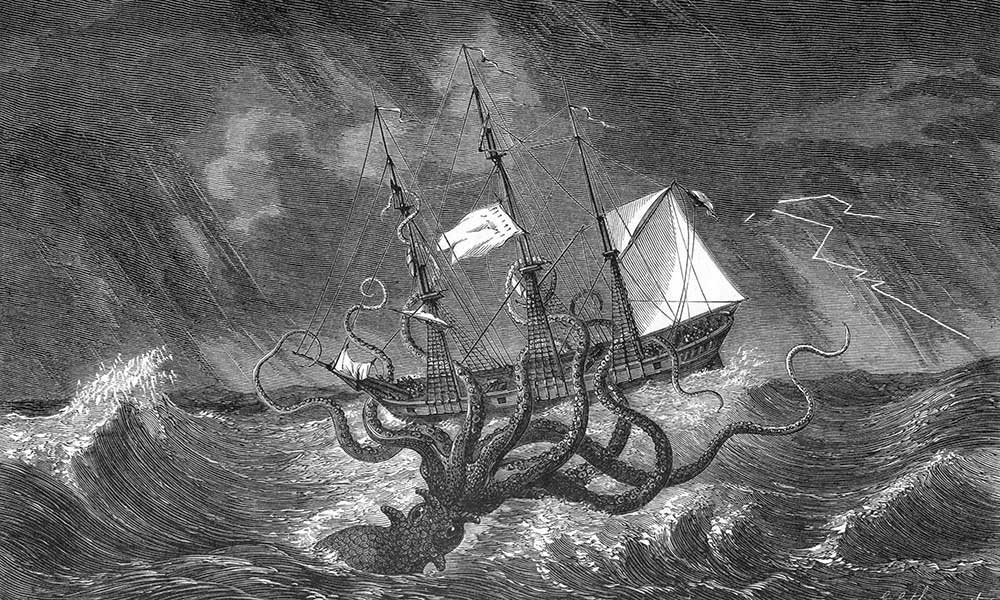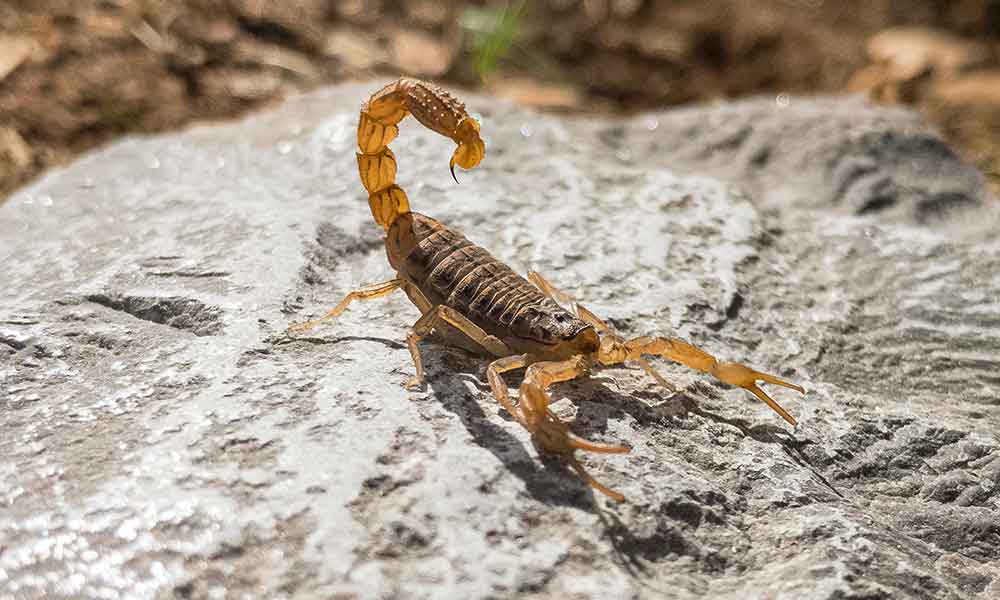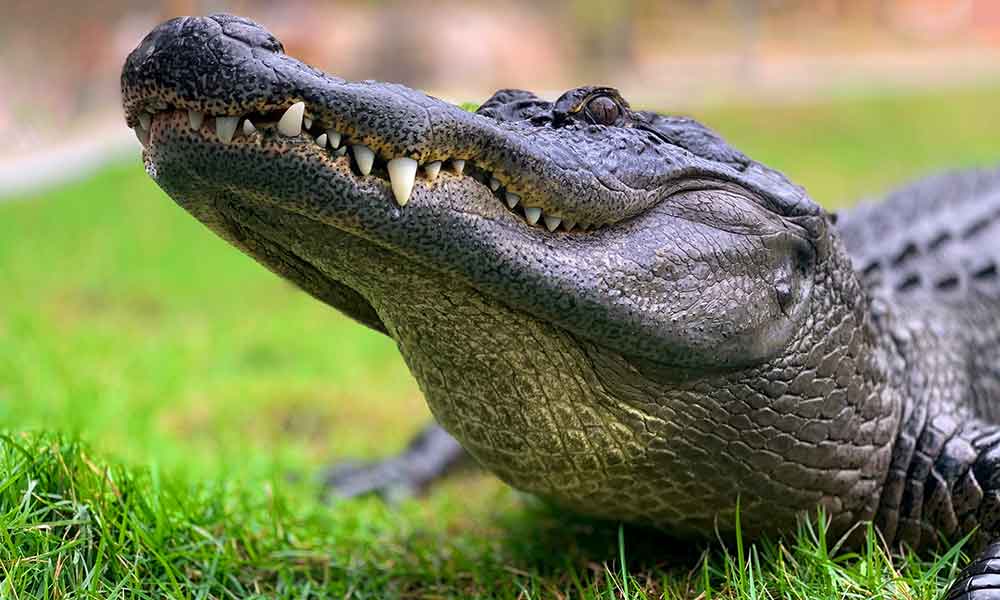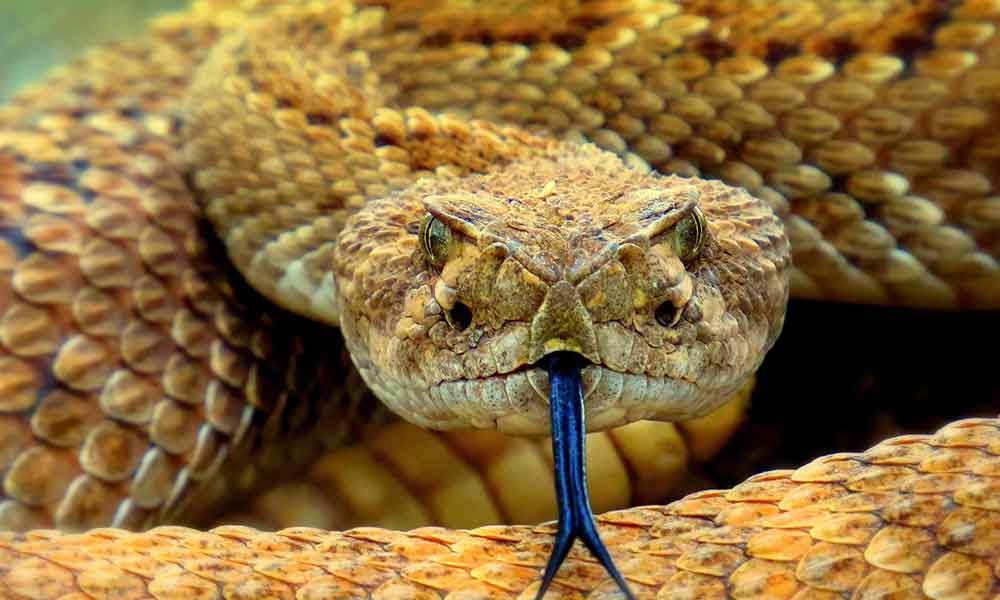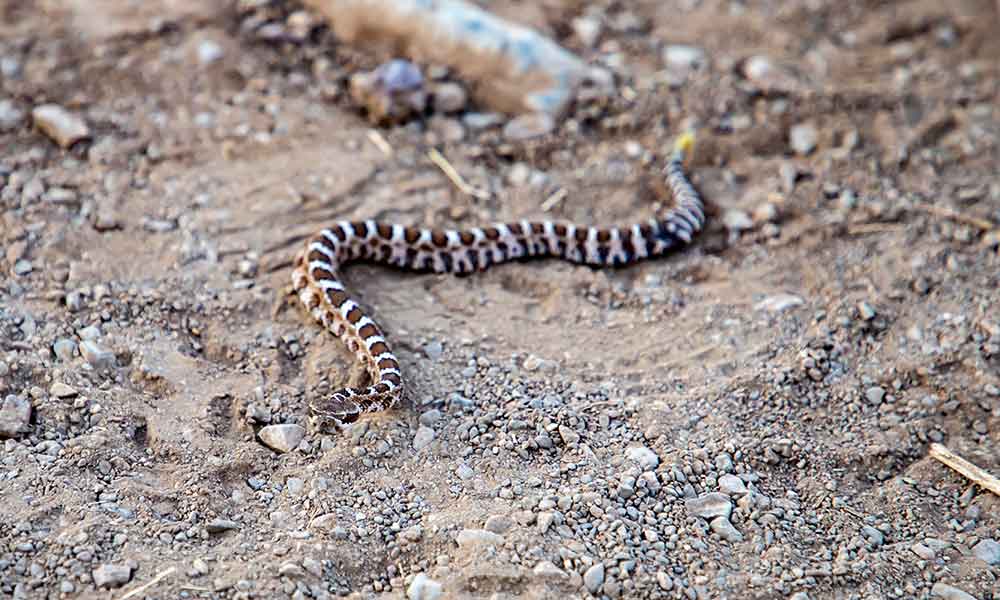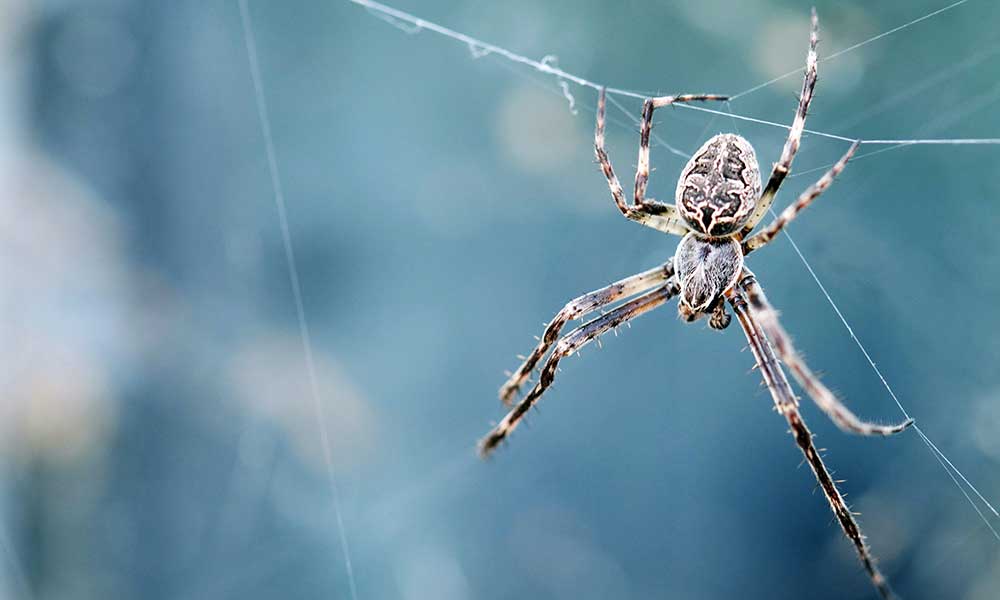For a long time, the giant squid was a creature of myth and legend.
Its existence has only been accepted for a century and a half—before then, it was just as fantastical as the Kraken, mermaids, and other mythical sea creatures.
There is no 100-foot squid. The biggest giant squid ever recorded is 43 feet long which is very large, but is not even half of the 100-foot myth.
The giant squid is a truly extraordinary animal and its confirmed existence has led many to speculate that there could still be a wealth of massive, mythical beasts hiding in the deepest oceans.
What is the Giant Squid?
The giant squid (Architeuthis dux) is part of the Cephalopoda class and lives in the deep ocean.
Its existence was first speculated and then confirmed in the middle of the 19th century, but giant squid-like creatures have played a role in many mythologies for hundreds of years.
All major seafaring civilizations, including the Greeks, Romans, and Vikings, recorded encounters with sea monsters, and while most (if not all) were almost certainly fictional, they may have been based on real creatures like the giant squid.
One of the first modern encounters of this squid species came in 1848, when the HMS Daedalus was sailing off the coast of Africa.
The crew reported seeing a “gigantic sea serpent” and when those reports made it to the British press, they had morphed into a “100-foot monster” with an array of “large, jagged teeth”.
The captain confirmed that the reports were true (albeit exaggerated) and he drew a sketch of what he had seen, describing it as a “60-foot creature” with a light underbelly.
Speculation was rampant at this point, with some suggesting that the crew had encountered some kind of prehistoric animal previously thought extinct and others dismissing it as a “giant seal” combined with an optical illusion.
Within a few decades, there were more sightings and between 1870 and 1880, many squid species, including the giant squid, began washing up on the shores of Newfoundland.
The name “Architeuthis dux” was coined by Japetus Steenstrup, a Danish zoologist who studied the creatures.
How Big is the Adult Giant Squid?
The largest giant squid was recorded at 43 feet and was said to have weighed nearly a ton.
However, despite knowing of its existence for many decades, surprisingly few of the creatures have been discovered and there’s a lot that we don’t know about them.
The information we do have tends to come from dead giant squid that float to the surface and are discovered by fishermen or washed ashore.
43 feet is huge, but it’s not quite the 60 to 100 feet monster recorded by the crew onboard the HMS Daedalus.
That doesn’t mean that such creatures don’t exist, though.
Not only do these animals live in the deepest oceans—one of the few areas of the planet that we haven’t fully explored—but the limited specimens and knowledge mean it’s very possible that larger creatures exist.
They’re probably not “Kraken-sized”, but they could reach the 60+ feet claimed by many mariners.
Where Does the Giant Squid Live?
Giant squids are thought to reside at depths of between 1,000 and 2,000 feet and they can be found all over the world, with the highest concentrations seemingly in the North Atlantic and North Pacific.
Giant Squid vs Colossal Squid and other Squid Species
The colossal squid is often confused with the giant squid, but these are two different creatures.
Also known as the Antarctic squid, the colossal squid is actually larger in terms of total mass and is thought to reach over 1,500 lbs. The giant squid is bigger, but as its tentacles make up most of its size, it tends to be lighter overall.
As with the giant squid, there is still a lot that we don’t know about the colossal squid.
The colossal squid inhabits the Southern Ocean.
Do Giant Squid Eat Whales?
Giant squid don’t eat whales and are actually easy pickings for the marine mammals.
Whales have been found with the beaks of giant squid in their stomachs and while they have also been found with scars and suckers on their skin, these are just defensive wounds.
If there is a giant squid large enough and strong enough to kill and eat a whale, we haven’t seen it.
And considering whales are the biggest creatures in the sea, it would need to be a Cthulhu-sized beast to make a meal out of these behemoths.
Videos and Pictures of the Giant Squid
Giant squid are rare and live giant squid are even rarer.
As noted above, most giant squid specimens are discovered by fishermen and few survive capture.
The first footage of a giant squid was believed to have been captured in 2001 and was later shown on the documentary “Chasing Giants: On the Trail of the Giant Squid”.
A specimen was also captured and filmed by a Japanese vessel. You can watch that video here.
There are also dead giant squids at museums, including the Smithsonian.

